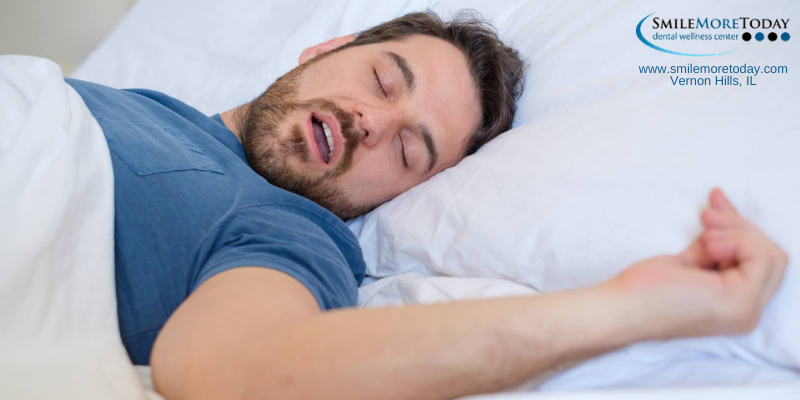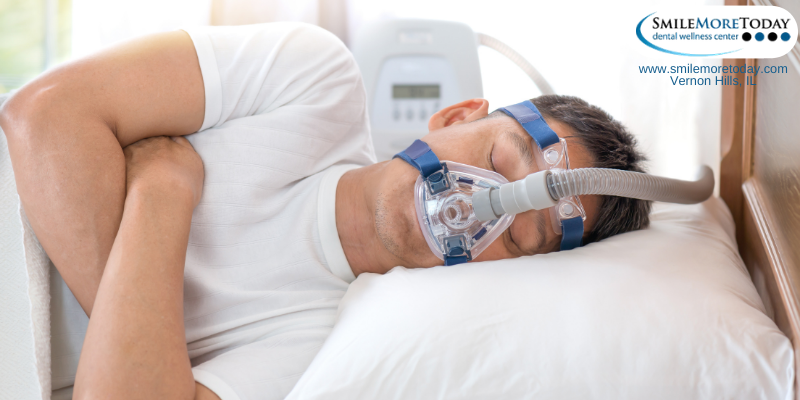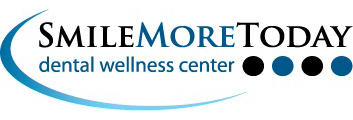Oral appliance therapy is a comfortable sleep apnea treatment option

Snoring is something that millions of people do, many on a nightly basis. However, an estimated 18 million people have a condition that is not just snoring, but obstructive sleep apnea. Because the two conditions are so similar, many apnea sufferers are not getting the treatment they need to thrive. Obtaining a proper diagnosis is the first challenge with obstructive sleep apnea.
Although obstructive sleep apnea and snoring share similarities, a significant, dangerous difference separates the two. Snoring sounds occur when airflow meets an obstacle and causes soft tissues to vibrate. Though annoying, snoring means that the sleeper is still breathing. Obstructive sleep apnea, on the other hand, includes the complete obstruction of airflow. The pauses in breathing from apneic events can occur hundreds of times a night, lasting for 10 or more seconds each time. The effects of apneic episodes and the subsequent drop in blood oxygen levels is cumulative, adding up to a great deal of stress on every part of the body, from the brain to all other vital organs. The physical and cognitive effects of sleep deprivation are noticed after just one night of inadequate sleep. For the sleep apnea patient, effects may be dramatic, altering thinking and causing changes in personality.
Clearly, obtaining treatment for sleep apnea is important. This is where the second challenge lies. The standard medical therapy for obstructive sleep apnea has remained consistent for years. CPAP therapy does work very well. CPAP is continual positive air pressure. The patient’s airway is kept open by forced air. This air comes from a small air compressor that sits bedside. Attached to the CPAP machine is a long hose, fitted with a mask at the other end. This mask fits over the nose and mouth, delivering air continually throughout the night. The problem with this treatment is that, due to discomfort, most patients do not comply with treatment.

An alternative to CPAP therapy is oral appliance therapy. A customized appliance designed by your experienced dentist may:
- Add stability to the lower jaw and the tongue
- Increase muscle tone in the tongue
- Achieve optimal positioning in the soft palate, uvula, lower jaw, and tongue
For patients who desire comfortable, portable treatment, or cannot tolerate CPAP therapy, a customized oral appliance may be ideal. Contact SmileMoreToday in Vernon Hills to learn more about sleep apnea.




